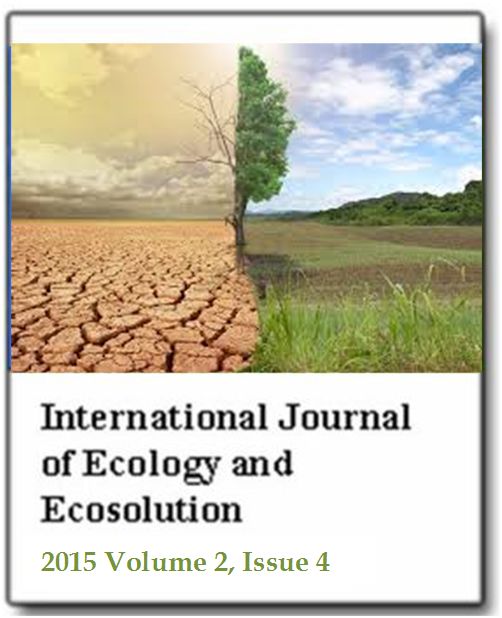Trends of pearl millet (Pennisetum glaucum) yields under climate variability conditions in Oshana Region, Namibia
Johannes AndreasInternational Journal of Ecology and Ecosolution
Published: December 2 2015
Volume 2, Issue 4
Pages 49-62
Abstract
The majority of small scale farmers especially in Southern Africa depend on rain-fed crop production for their livelihood. The rate of temperature increase is predicted to continue over the next two decades, with severe implications for physical and biological systems and human livelihoods. Climate change impacts have been felt in Namibia already over the past years. A field survey with questionnaire interviews was conducted in Oshana region to collect the primary data. The study found out that, in 2009 and 2011, pearl millet yields were significantly reduced in Oshana region attributed to severe floods that were experienced in which crop fields were inundated by flood water. The analysis of the historical rainfall data shows a change in rainfall intensity in the north central Namibia with shorter rainfall seasons and late arrival of the rainfall. This affected the production due to farmers still practicing cultural planting programmes. The planting date by farmers is 30th November and yield reduction is 31.7%, while the best planting date scenario simulated in CropWat analysis is 25th December and yield reduction is 20.9%. This shows the correlation of rainfall seasons shifting since the yield reduction seem to be low when crops are grown on the 25th December seasonally.
Keywords: Climate change, North Central Namibia, pearl millet, rainfall yields.
Full Text PDF
